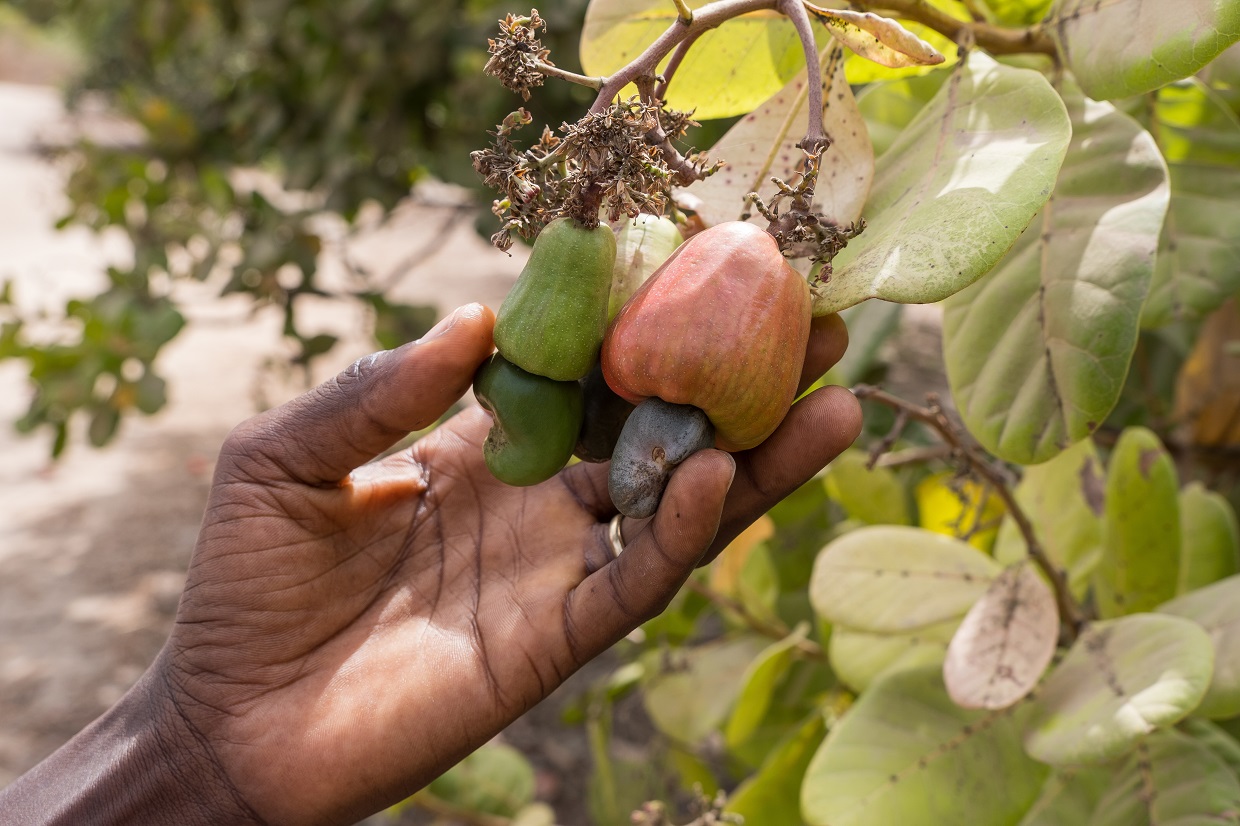CFC Invests to Revitalize the Cashew Sector in Eastern and Southern Africa
A cashew development project financed by the CFC has been successfully completed in 7 countries in Eastern and Southern Africa. The project has established a sustainable organization of technology and knowledge sharing among farmers, researchers and extension officers.
Cashew is a major source of income for millions of small-scale farmers worldwide with an annual production value of close to 2 billion USD. While global demand for cashew products is constantly growing in terms of volume and value, African farmers and policy makers are seeking to close the gap on competitiveness with Asian producers in order to take full advantage of this rapidly growing global market.
Regional Cashew Improvement Network for Eastern and Southern Africa (RECINESA) financed by the Common Fund for Commodities is a large-scale project covering the following countries: Ethiopia, Kenya, Madagascar, Malawi, Mozambique, Tanzania and Uganda. CFC invested USD2.8 million to revitalize the cashew sector in these countries. RECINESA has been fully operational since 2010.
The project aims to raise the incomes and living standards of cashew growers, and enhance environmental well-being through the promotion of improved soil fertility through agri-inputs provided directly to farmers. The project collaborated with the central ministry in each country, researchers, extension staff and farmers. It provided training to extension staff in participatory approaches and cashew-production techniques. These extensionists in turn helped the farmers organize into groups of about 50 farmers, with sub-groups of 10 members each. In each group of 50 farmers, one farmer leader was selected to act as a resident extension agent. The project developed easy-to-understand training materials such as flyers and handbooks to support them.
During the 6 years, the project trained 300 extension officers and 17 district coordinators. In total 15,000 farmers were trained and 520 small farmer groups were formed. It set up a system to exchange improved cashew materials between countries and research institutes. Some 500 kg of seed were distributed, and germplasm materials were imported from Brazil and Benin, and distributed to the countries. The project established 16 central nurseries to multiply and distribute seedlings to farmers. Around 340,000 new cashew trees were planted (about 5,000 ha). Five videos were prepared and distributed; and 3,000 copies of a cashew handbook were distributed in English, French and Portuguese. Farmers adopted most of the technologies and improved their yields and quality of cashew.
It is anticipated that the creation of RECINESA will ultimately raise the incomes and living standards of cashew growers in the target region. First ex-post indications indeed confirm that household income of many cashew farmers is gradually increasing and first farmers have reached an economic level which allows them to apply for commercial credit to further expand their farming operations.

